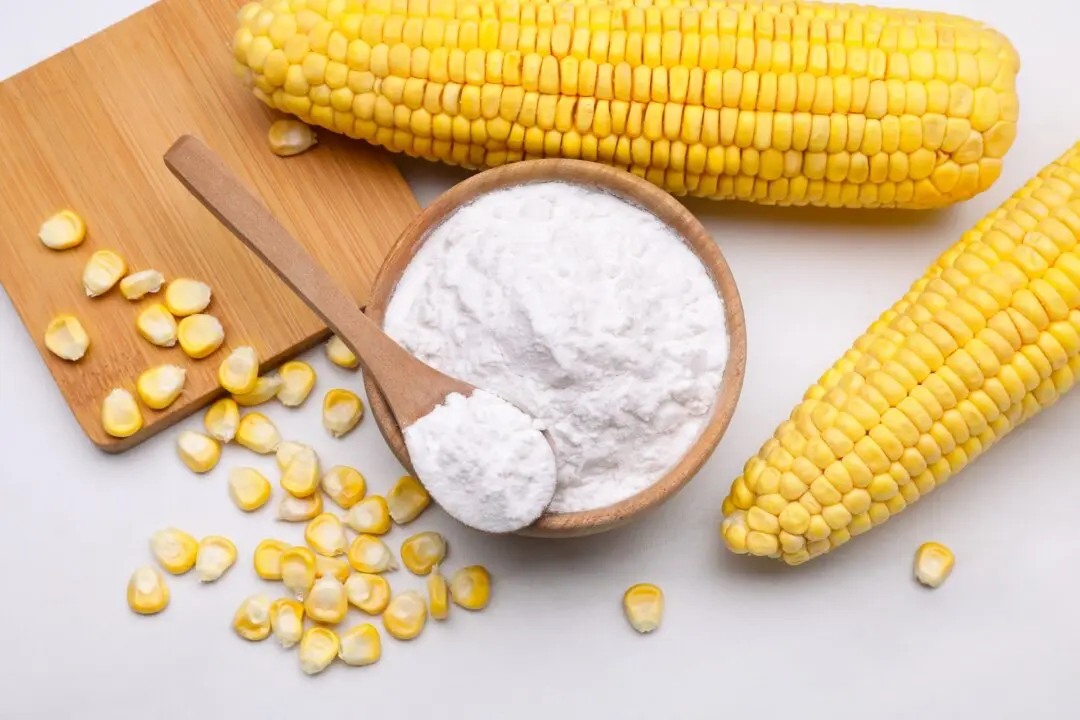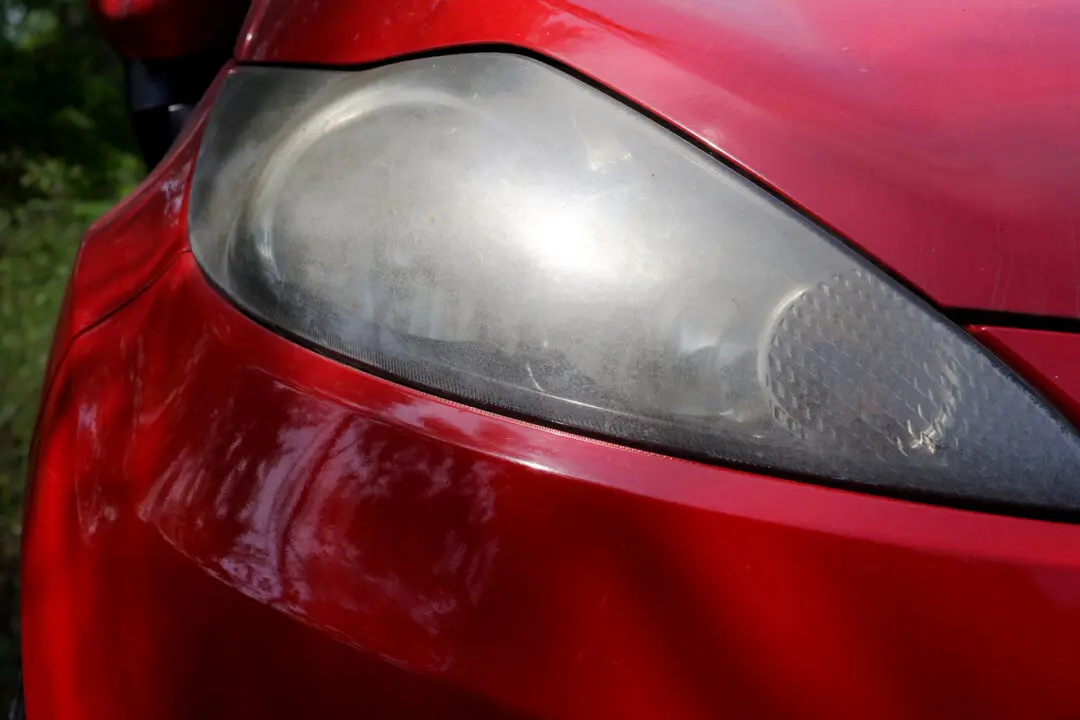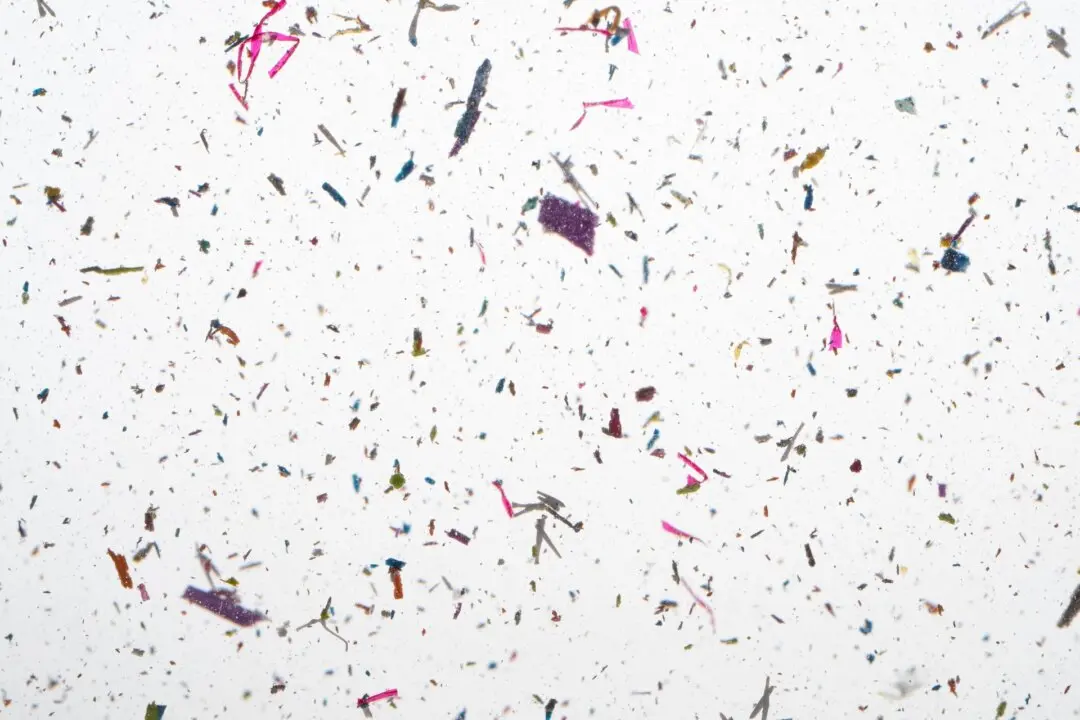You should see the big wad of lint I just plucked from the trap of my clothes dryer. Ack! Where does all of that come from? I know I emptied all pockets, and I’m certain I did not wash a bag of pillow stuffing.
I'll tell you what it is, and I am not happy about this: It’s visual proof the dryer is wearing out our clothes. Those fibers were neatly woven into these clothes only 30 minutes ago. For all the convenience a clothes dryer offers, it may come at the price of having to replace clothes much too often.





